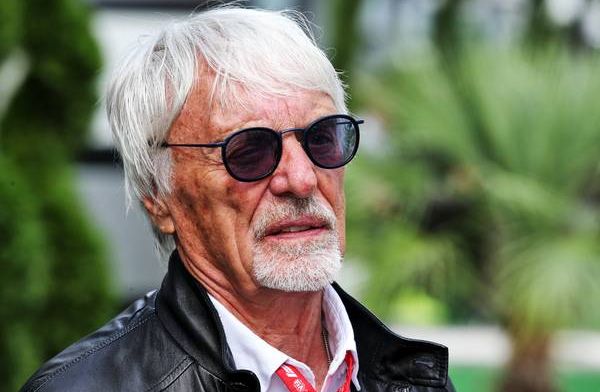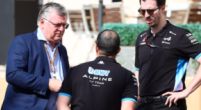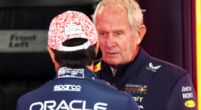Column

"Formula Hollywood" has replaced the sport of F1
Bernie Ecclestone has recently made interesting comments about the way that the sport has been handled recently. Lamenting over the loss of the German Grand Prix, and subsequently their viewer base in Germany, the media mogul has come to claim that the lines between sport and entertainment are being blurred as the sport becomes more "US-centric". Just how true is this statement?
The comments & history
For several decades, the commercial rights for F1 were held exclusively by Ecclestone. In the early to mid-2010s, while most sports were beginning to realise the new opportunities that social media could present new opportunities for fan engagement, Ecclestone held firm on his stance that the advent was simply a fad and would not shake up the very structure of the global sporting landscape.
Dubbing the treatment as “Formula Holywood”, the business stalwart expressed his displeasure at the way that Liberty Media has handled the sport. How much of Bernie Ecclestone’s statement is actually true? Does it have merit? We take a look.
In favour
However, flawed as the wording may be, Ecclestone’s comment is not remiss. It’s only natural to feel overwhelmed by the constant output of the media mills in F1. What with Drive to Survive, eight million subscribers to their youtube channel, consistent output on social media and a plethora of media interest, the focus begins to blur the lines between sport and reality tv almost.
That’s an area where F1 lacks in relation to other sports. Other sports have the luxury of being able to follow a vastly larger number of teams and players with more frequent sporting fixtures. Thus, there is a reason for the consistent filming and media interest. F1 only has 20 personalities (30 if you include team principals) and as such, one can be forgiven for being overwhelmed by the sheer amount of content being pushed towards us.
Against
When it comes to America, that’s an area where Liberty Media can solely claim that the growth was down to their planning. The hyperfixation on the North American market through the use of Netflix’s Drive to Survive and an increased number of races in the US are the biggest factors in regenerating the F1 viewing figures in the states. One cannot easily forget how dire the situation was after the 2005 US Grand Prix and as such, the use of extra fan engagement material can be thanked for the growth of the sport.
If F1 hadn’t picked up the use of digital content to push the brand into more people’s eyes, it wouldn’t even be in the discussion of “the biggest sports in the world”. While the sport is very visually appealing from the outside (after all, who is not enticed by the aggressive-looking cars travelling at breakneck speeds), many people would not have been as interested in engaging with the sport if there was a high barrier to entry? With the accessibility to various explanatory mediums and entertaining ways of engagement, the once previously complex sport has become simple and enjoyable for more.



















































